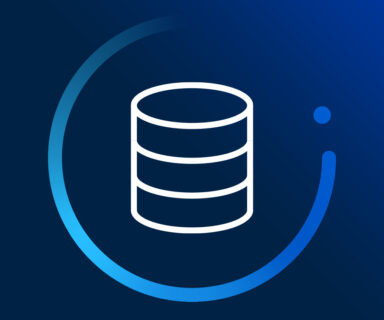 By now you’ve probably read the headlines and seen the stats from HubSpot and others about the virtues of inbound. There’s no denying that inbound marketing can be effective in generating quality leads for your business. Even so, inbound marketing should be treated as an addition to your other marketing strategies – not a replacement. Even if you are really good at it, inbound marketing only opens a small window into your total addressable market, leaving the rest wide open for your competition. So before you consider abandoning outbound efforts for inbound – ask yourself these questions:
By now you’ve probably read the headlines and seen the stats from HubSpot and others about the virtues of inbound. There’s no denying that inbound marketing can be effective in generating quality leads for your business. Even so, inbound marketing should be treated as an addition to your other marketing strategies – not a replacement. Even if you are really good at it, inbound marketing only opens a small window into your total addressable market, leaving the rest wide open for your competition. So before you consider abandoning outbound efforts for inbound – ask yourself these questions:
#1 – Is it easy for prospects to find you?
To be successful with inbound, you’ll have to produce a substantial amount of premium content that’s highly optimized for search. While quality content can help build your brand and drive inbound interest, it can be resource-intensive, expensive, and there are no guarantees that your prospects will find it. In fact, with every technology vendor trying to become a publisher, getting your content noticed is harder today than ever before.
If you want to truly understand how much demand you can realistically capture through inbound, start by mapping out how many content assets you can produce a week and compare it to vendors who have leading organic positions for keywords you’d like to own. Are you producing as much content as they are? Can you? Remember, certain keywords are going to require much more effort to make it to the first page, especially if you’re competing against larger vendors and publishers who have entire editorial teams dedicated to creating content. Take TechTarget for example. We have over 1,000 editors and freelancers writing content every day just so we can drive thousands of inbound visitors to our sites. Ultimately, competing with such brands for content volume is unproductive. Redirect your efforts from quantity to quality of content and ensure you’re delivering something new and distinct that can be promoted as such.
Instead of going “all-in” on inbound, consider pushing your content out to target prospects and leads to supplement your inbound efforts. These are the exact same people you’re trying to attract via inbound, so why not engage them with outbound marketing too? Not only will this help you generate quality leads faster, but it will also provide additional coverage in areas where you may lack inbound interest.
#2 – Are you attracting and identifying the right prospects through your site?
Even if you’re able to attract thousands of prospects to your website, are they the right ones? Not always. In many cases you’ll find tire-kickers, partners, or other vendors downloading your content to better understand your solutions or gather competitive intelligence.
And it’s not just about getting the right people to your site; you’ll also have to know who they are. One of the most challenging parts of inbound marketing is converting anonymous website visitors into leads. And with the average inbound conversion rate for B2B/Tech hovering around 3% (WordStream), you’re going to burn a lot of time generating inbound interest that will never turn into deals. Even if you can convert the right person, there’s no guarantee it’s the right time; you don’t have the resources to waste on false positives.
Unlike inbound, outbound gives you control over who to target and the ability to reach known prospects from companies that are more likely to buy from you. This not only helps you focus your efforts on the right prospects but also eliminates wasted time sorting through (or even worse, selling to) unqualified inbound leads.
#3 – Are you effectively reaching entire buying teams?
Let’s say you’re successful at converting inbound visitors to leads. Now what? To turn them into customers, you’ll need to decide how to market or sell differently to every member of the buying team. Relying on an inbound-only lead source limits your visibility into the entire buyer’s journey and may not uncover key decision makers who are involved in the final purchase. This is critical today when an average of 6.8 people are involved in the buying process (CEB). To win deals, your sales team is going to have to know exactly who is on the buying team and what they’re researching – when they’re with you AND when they’re not.
Instead of relying exclusively on inbound, TechTarget can consolidate your efforts by making your inbound traffic more valuable and employ a strategic outbound approach. TechTarget’s Priority Engine includes Inbound Converter, which identifies accounts visiting your website and exposes active demand from those accounts directly within the platform, including members of the buying team and insights to help you better understand the topics and competitors the buying team is researching when they’re not with you. Overall, Priority Engine identifies the accounts that are most active and interested so you can target the right people at the right time.




